What It Is:
The Flexible Framework for Agile Retrospectives is a concept introduced by Esther Derby and Diana Larsen in their book “Agile Retrospectives: Making Good Teams Great” (2006). This framework provides a structured yet adaptable approach for conducting retrospectives within Agile teams. The key idea is to have a consistent structure for retrospectives while allowing teams to tailor the specific activities based on their needs.
Components of the Flexible Framework:
- Set the Stage:
- Create a positive and open environment for the retrospective. Set the stage by welcoming everyone and ensuring a safe space for open communication.
- Gather Data:
- Collect information about the iteration or project. This involves reviewing events, activities, and issues that occurred during the specified timeframe.
- Generate Insights:
- Analyze the gathered data to identify patterns, trends, or significant events. Generate insights into what worked well, what could be improved, and potential actions for the future.
- Decide What to Do:
- Collaboratively decide on specific actions or changes that the team wants to implement based on the insights gained. Discuss and agree on actionable items.
- Close the Retrospective:
- Summarize the key takeaways, acknowledge the efforts of the team, and close the retrospective with a positive outlook.
How to Use It:
Using the Flexible Framework in Agile Coaching:
- Tailoring Activities:
- Guide the team in selecting or customizing activities for each phase of the retrospective based on their current needs. Encourage creativity and experimentation to keep the retrospectives engaging.
- Focus on Continuous Improvement:
- Emphasize the goal of continuous improvement. The retrospective is not just a discussion but a mechanism for identifying concrete actions to enhance team performance.
- Encourage Open Communication:
- Set the stage by fostering an environment where team members feel comfortable expressing their opinions and providing honest feedback.
- Variety in Activities:
- Introduce a variety of retrospective activities over time to prevent monotony. This keeps the team engaged and allows for different perspectives to emerge.
- Review Previous Actions:
- Include a step to review the actions decided in the previous retrospective. Discuss their impact and whether they were successfully implemented. Adjust strategies as needed.
References:
- “Agile Retrospectives: Making Good Teams Great” by Esther Derby and Diana Larsen:
- The book by Derby and Larsen provides an in-depth exploration of the Flexible Framework and offers practical insights into conducting effective retrospectives.
- Retrospective Facilitation Techniques:
- Explore various retrospective facilitation techniques suggested by Esther Derby and Diana Larsen. These may include activities like timelines, sailboat retrospectives, and more.
- Agile Conferences and Workshops:
- Attend Agile conferences or workshops where Esther Derby and Diana Larsen may present or facilitate sessions on Agile retrospectives.
- Online Communities:
- Join Agile and Scrum online communities (e.g. Vic’s Agile Coffee Meetup) where practitioners and coaches discuss their experiences with Agile retrospectives. Esther Derby and Diana Larsen might participate in these discussions.
Visit the Agile Coach’s Toolkit for more definitions, models, theorems and stuff.
